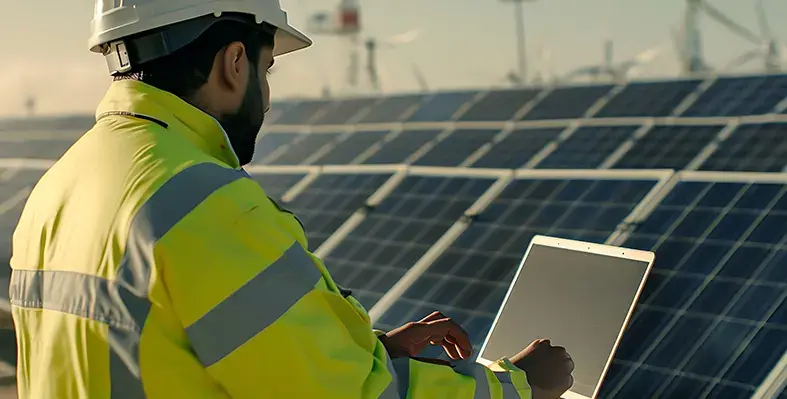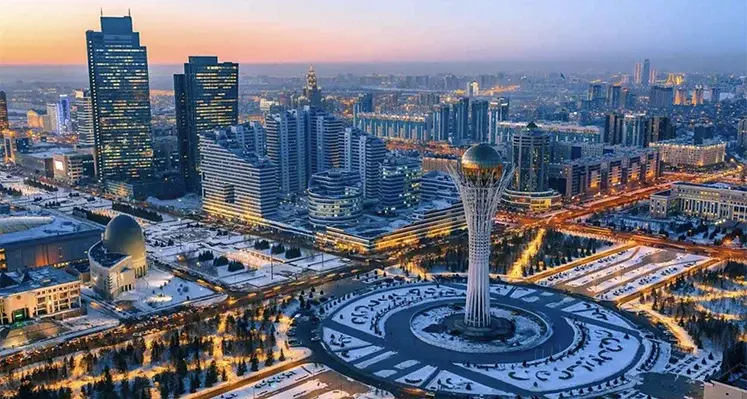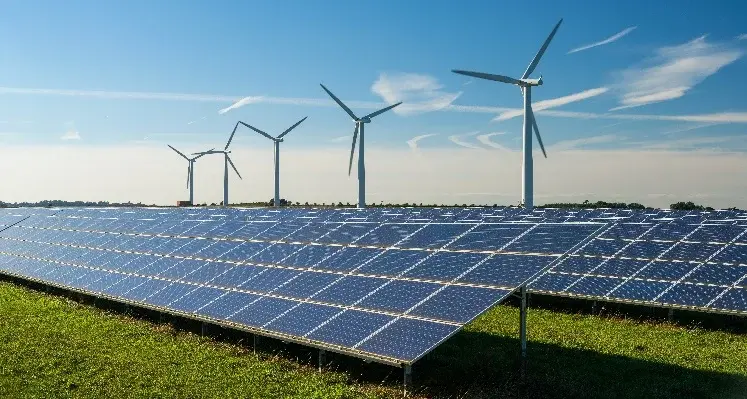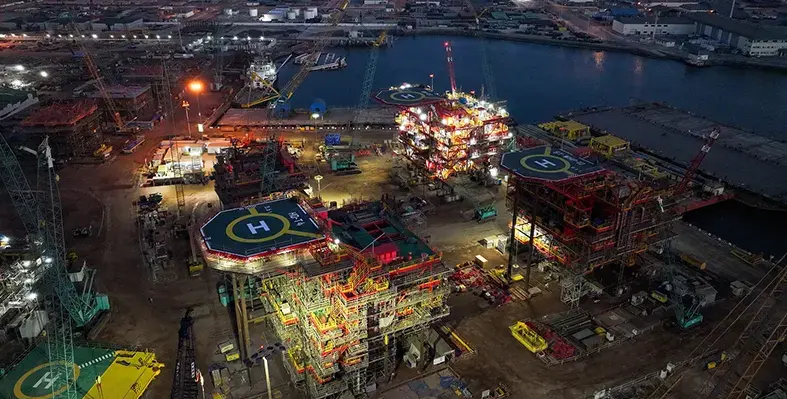
The industry must continue to take a proactive and agile approach to talent readiness. (Image source: Adobe Stock)
Alex Spencer, chief operating officer, OPITO, looks at how we can ensure the creation of a workforce that is skilled and prepared for the energy transition
2030 is the year Saudi Arabia is aiming for 50% of its electricity to come from renewable sources, and by when the UAE plans to triple its share of renewable energy, while increasing installed clean energy capacity in the total energy mix to 30% – to name only a few ambitions in the region. In this process of transitioning to more sustainable forms of energy, tens, even hundreds, of thousands, of energy jobs are to be created and adapted. In just a few months, we’ll need to have secured the fresh talent pipeline that will play a large part in making 2030 possible.
As university degrees take roughly 34 months and most courses only enrol every September, we have just a few months to attract students to a career in energy infrastructure, so that they can apply for the September 2026 intake. For those interested in an apprenticeship, we have a little more time.
The need for a STEM degree, and for specialist qualifications or certifications, was highlighted as a key barrier to working in the energy industry, according to OPITO’s report: My Energy Future. However, respondents were equally encouraged by the industry’s potential to offer good pay, career development opportunities, and job security. Over the coming months, these are the factors that we should highlight with enthusiasm to secure that fresh influx of talent.
Once we get this right, we will have solved one of two pressing workforce challenges. However, not only do we need this increase in people, but these people need to be readily up to the task ahead. Here lies the industry’s next challenge – the readiness gap.
Is the workforce ready?
Fast forward to 2030, let’s imagine we’ve succeeded in creating a workforce with the right foundational skills. How prepared are they to step into these emerging energy roles? Whether it’s the need for more on-the-job experience or for the right set of qualifications to step onto the job site safely to begin with, this is the energy industry’s readiness gap.
Of course, we expect that many of the new jobs that are to be created will be filled by oil and gas workers. Often their skills could meet up to 80% of the new brief whatever part of the energy industry they step into. But it’s that final 20% – that final push to readiness – that is so often overlooked when we talk about the skills gap.
Part of the challenge is that the diversification of industry means there are many different and new job roles to consider – and this differs for every country in the Middle East region at different stages in their energy transition journey. From solar and green hydrogen scale up to the new demands of data centres and the intersection of AI across industry, how do we build a workforce that is ready and mobile across the region with the capability to flex their expertise to meet evolving needs?
Enhancing workforce readiness
One relatively straightforward answer to this conundrum is to establish industry standards that ensure employees and contractors can always work safely and competently, regardless of the type of energy infrastructure they are assigned to.
Whether you’re maintaining a motor on an offshore oil platform or at the top of an offshore wind turbine, many of the safety requirements and electromechanical skills are the same if not similar. Products that were first developed for oil and gas – helideck operation, emergency response, confined spaces, rigging and lifting, working at height, safety induction etc. – are all transferable to emerging technologies such as green hydrogen, carbon capture, and many more.
One of the ways we’re addressing the readiness gap at OPITO is by developing introductory courses on business sustainability, carbon capture, and hydrogen aimed at technical apprentices. Learners gain an understanding in the role of hydrogen and carbon capture in supporting the transition to clean energy, the technology’s characteristics and categories, and the required health, safety, and regulatory frameworks for working with them.
Increasing the fidelity and flexibility of training
With little time left on the clock, we are working closely with industry stakeholders including developers, operators, regulators, and contractors to establish training and assessment frameworks for emerging energy transition technologies. This is complimented by a global network of industry forums where we regularly receive feedback on how the skills and readiness gap is evolving.
For instance, one interesting development that has come out of those conversations is how core safety training like the International Minimum Industry Safety Training (IMIST) standard can be delivered in a way that better reflects regional needs in the Middle East. IMIST introduces new entrants to key safety concepts and encourages a strong sense of personal responsibility, something increasingly important as diverse mixes of project teams come together for complex operations. Because the programme has been designed to be flexible, employers are exploring how to tailor it to local operating conditions by embedding it into their own in-house training, helping ensure teams are equipped to manage risks specific to their environments.
As with the skills gap, the readiness gap looks different in each region, so while global standards are necessary, so too is the need for flexibility to meet individual country and company needs. In the Middle East, the development focus is on ensuring the workforce is trained to the minimum safety standard, while investigating region specific requirements such as safe driving on the worksite.
For example, OPITO advanced on its safe driving at work standard to develop desert-specific standards for both light and heavy vehicles.
Safe, skilled and ready for the task ahead
Addressing the workforce skills gap is a major energy industry priority to 2030, but we only have a few months left to influence the size and shape of the talent pipeline. To ensure that the pipeline is ready to make an impact from day one, the industry must continue to take a proactive and agile approach to talent readiness. While there are still many unknowns, global standards that can be adapted to address regional priorities will ensure that our future workforce not only has the knowledge and expertise – but are also competent, confident, and safe in its real-life application.












